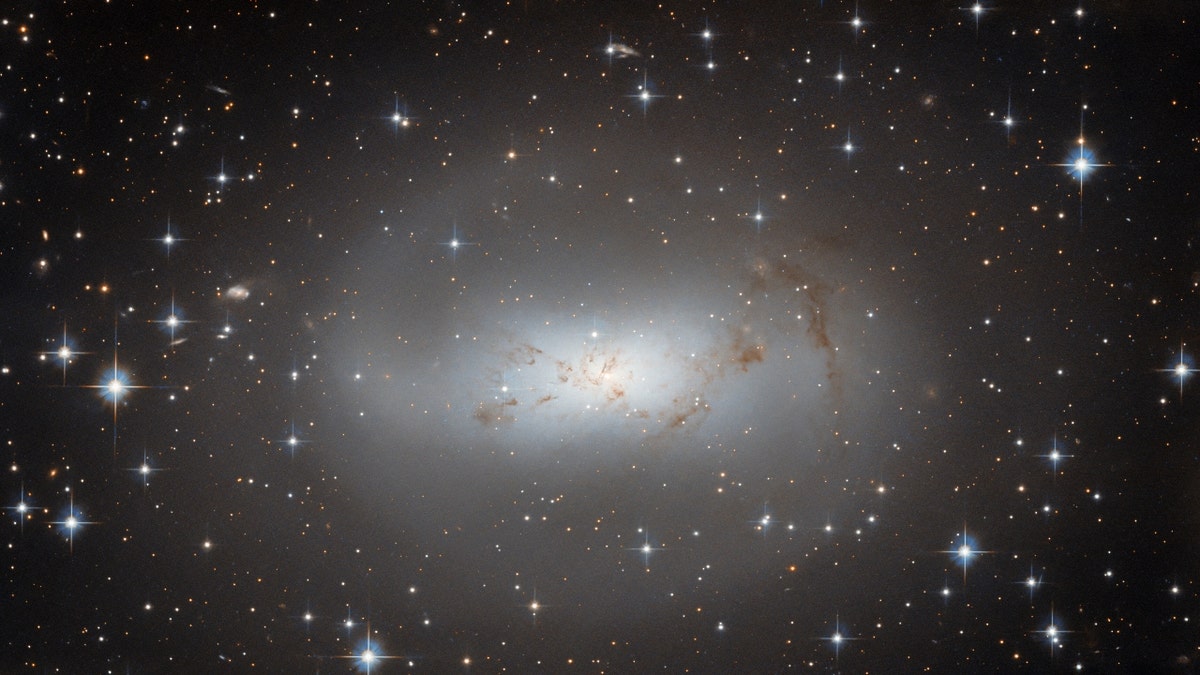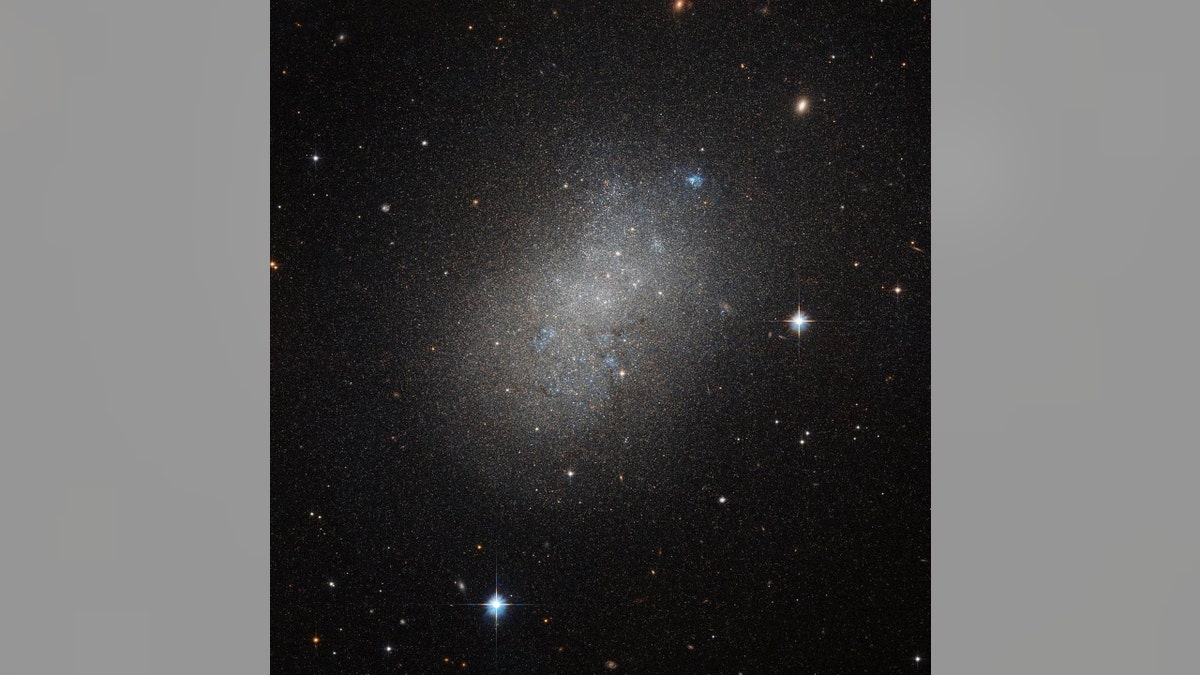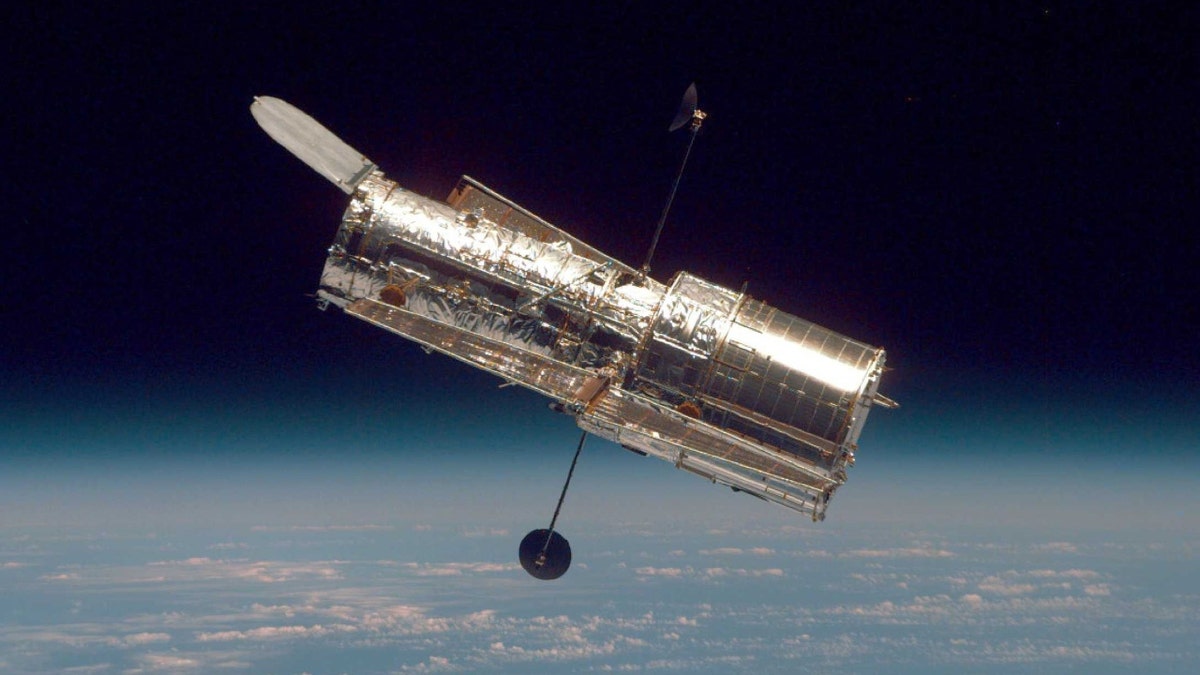The Hubble Space Telescope continues to unveil the wonders of the cosmos, recently capturing a striking image of the irregular galaxy ESO 174-1. Situated approximately 11 million light-years from Earth, this celestial object appears as a diffuse cloud against a backdrop of distant stars.
The image showcases a luminous cluster of stars interwoven with dark strands of gas and dust. ESO 174-1 exemplifies the unique characteristics of irregular galaxies, which exhibit a variety of non-uniform shapes, ranging from small dwarf galaxies to massive structures containing billions of stars.

Astronomers believe that the unusual forms of these galaxies may be a consequence of interactions with other galaxies, perhaps through mergers or the gravitational pull of neighboring celestial bodies. Some theories suggest that large irregular galaxies could represent a transitional phase between spiral and elliptical galaxies.
This particular Hubble observation is part of a broader initiative to gain a deeper understanding of nearby galaxies. The project aims to catalog the stellar populations and characteristics of all known galaxies within 10 megaparsecs (roughly 32 million light-years). This program efficiently utilizes small gaps in Hubble's observation schedule, maximizing the telescope's scientific output.

This image showcases NGC 5264, another example of an irregular dwarf galaxy captured by the Hubble Space Telescope.

The Hubble Space Telescope, a testament to human ingenuity, continues to provide invaluable insights into the vast expanse of the universe.
Comments(0)
Top Comments